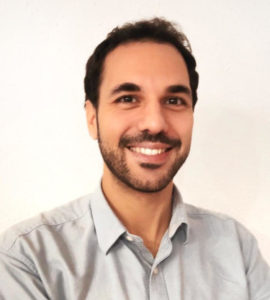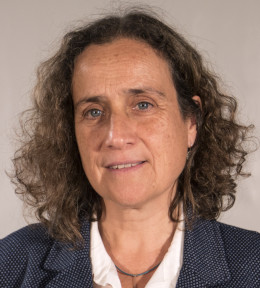Maria Soler Sala
PROJECT LEADER
PhD in Medieval History. Professor of Medieval History and Archaeology (UB). Specialist in the study of rural markets and medieval landscape, through the integration of sources and the use of GIS in the representation and analysis of historical data.









